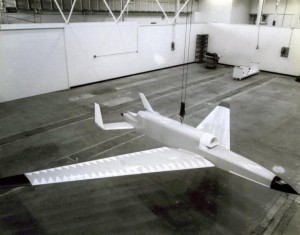Peter Lobner
After a 118 hour solo, non-stop, solar-powered flight from Nagoya, Japan, pilot Andre Borschberg landed the Solar Impulse 2 aircraft at Kalaeloa, a small airport outside Honolulu, Hawaii. During this flight, Borschberg broke the world records for longest distance and duration for solar aviation, and the world record for the longest solo flight ever. Solar Impulse 2 remained airborne for 5 consecutive days and nights, producing its own power with solar energy.
Photo source: Solarimpulse.com
Key parameters of this remarkable, record-breaking flight is listed below:
| Time of departure: | 26 June 2015 18:03 UTC |
| Time of arrival: | 3 July 2015 15:55 UTC |
| Flight time: | 4 Days, 21 Hours, 52 Minutes |
| Distance: | 7,212 km (4,481 miles) |
| Maximum altitude: | 8,634 m (28,326 ft) |
| Average ground speed: | 61.19 km/h (38.03 mph) |
Each day (solar cycle), Solar Impulse 2 was flown on a trajectory that entailed: (1) using solar power during the day to run the engines, gain altitude, and charge the batteries, and then (2) using batteries to run the engines while gradually gliding down to lower altitudes at night.
This flight was Leg 8 of a planned around-the-world solar-powered journey that began in Abu Dhabi. The preceding seven legs are listed below:

The next planned legs are:
- Leg 9: Hawaii to Phoenix, AZ
- Leg 10: Phoenix to mid-USA
- Leg 11: mid-USA to New York
- Leg 12: New York to Europe
- Leg 13: Europe to Abu Dhabi
Refer to my 10 March 2015 post for a quick look at the Solar Impulse 2 aircraft and a link to more design details on the Solar Impulse website. Visit the website below for a detailed look at this remarkable effort, including an index to the website.
http://www.solarimpulse.com/multimedia-leg-12
I hope you will follow the remainder of the Solar Impulse team’s efforts to complete this pioneering journey around the world on solar power.



